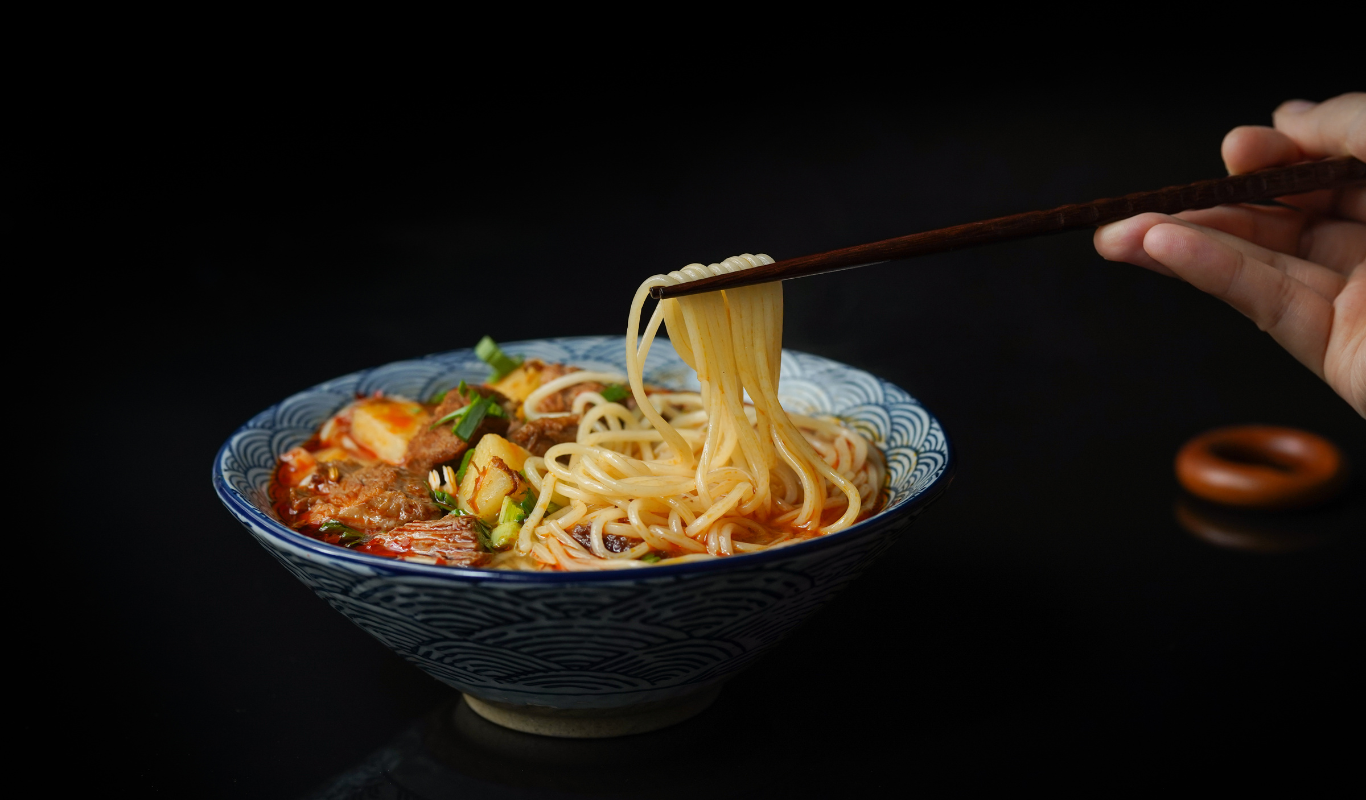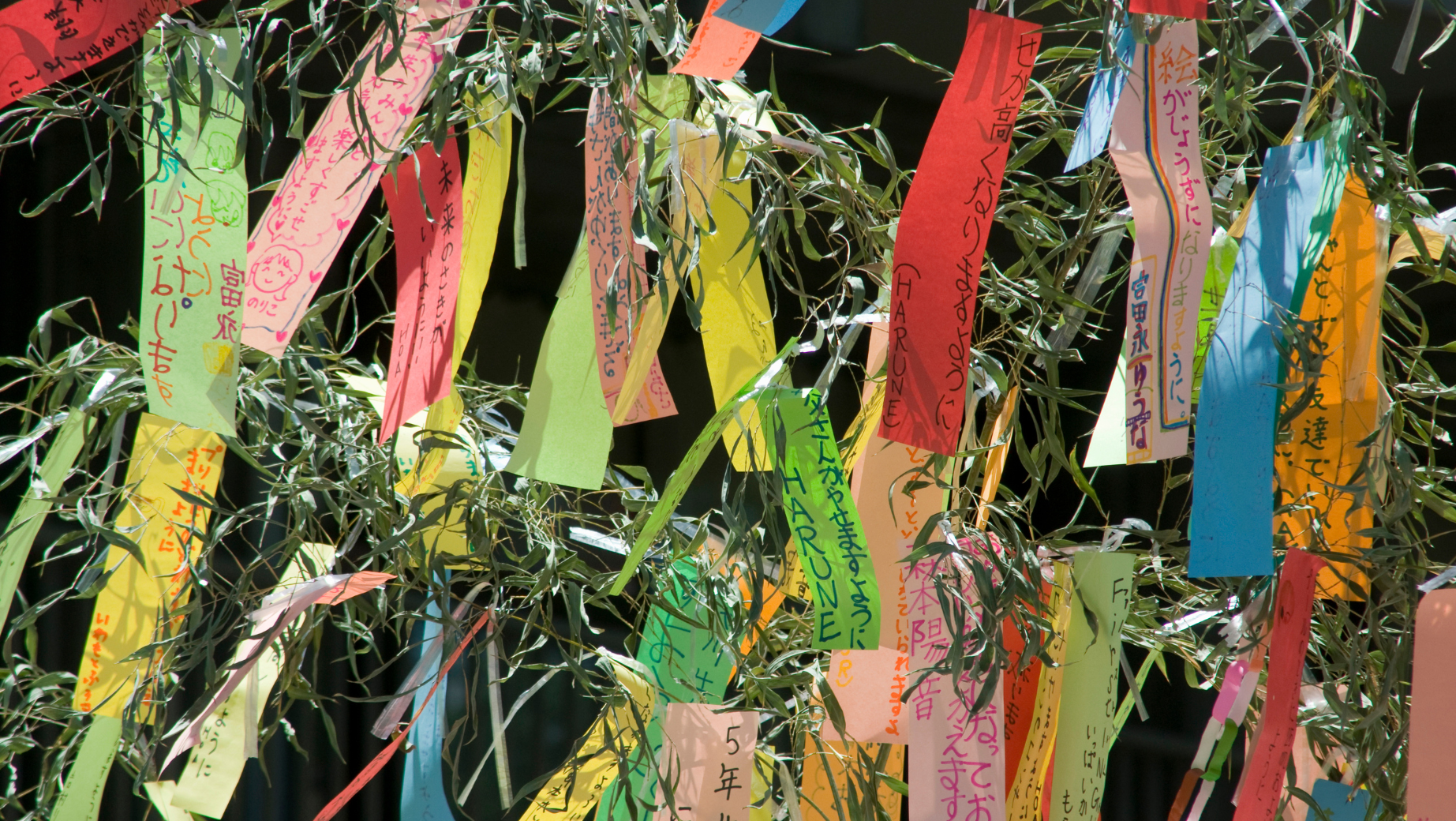
Kaiseki Cuisine: The Refined Japanese Culinary Art
Kaiseki cuisine , elevated to the rank of culinary art, is a Japanese gastronomic tradition that has survived the ages. Echoing the principles of the tea ceremony and imbued with the philosophy of wabi-sabi, Kaiseki cuisine is a sensory experience rich in flavors and aesthetics. Let's discover this refined culinary art of Japan together.

What is Kaiseki Cuisine?
Kaiseki cuisine, also known as kaiseki ryori , is the culinary expression of Japanese "zen." It is considered the most sophisticated form of Japanese cuisine, an art form that emphasizes the natural flavor of ingredients, careful presentation, and seasonality.
Fun Fact: The word "kaiseki" has two origins: "kai," which means "chest" and refers to the monk's robe where items were stored, and "seki," which means "stone." This refers to the practice of Buddhist monks heating stones and placing them in their robes to stave off hunger during periods of fasting.

The Principles of Kaiseki Cuisine
Kaiseki cuisine is rooted in the philosophy of wabi-sabi , which values simplicity, authenticity, and an appreciation of transient beauty. In a kaiseki experience, every detail counts, from the meticulous preparation of the dishes to the carefully chosen tableware used to serve each dish.
One of the most important aspects of kaiseki cuisine is seasonality . Kaiseki chefs pay great attention to using fresh, local, and seasonal ingredients. Not only do the ingredients reflect the current season, but the entire meal is designed to evoke a seasonal atmosphere.
The Structure of a Kaiseki Meal
A Kaiseki meal consists of many small but artistically presented dishes. While there is no strict rule on the number of dishes, a typical meal usually includes a starter , soup , main course , simmered dish , grilled dish , steamed dish , rice dish , pickles , and dessert .
Fun Fact: Each dish in a Kaiseki meal is designed to showcase a different cooking technique.

How to experience Kaiseki ?
To experience kaiseki, the best option is to visit a kaiseki restaurant during a trip to Japan. However, more and more Japanese restaurants around the world are offering kaiseki menus. You can also try preparing a kaiseki meal at home, but keep in mind that the true art of kaiseki cuisine lies in mastering the balance of flavors, artistic presentation, and paying attention to seasonality.
Kaiseki cuisine , with its careful and deliberate approach, reminds us of the importance of savoring every moment and every bite. It is a celebration of taste, beauty, and seasonality that brings a touch of wonder to the everyday act of eating. 
Tableware as a gateway to Kaiseki cuisine
Finally, an important part of the Kaiseki experience lies in the tableware used to serve the dishes . Each plate, bowl, and cup is carefully chosen to complement the food they contain, both in terms of color and texture. As part of this tradition, at Japan at Home , we offer a selection of tableware inspired by Japanese tableware, including ramen bowls with delicate details, plates with traditional patterns, and tea sets that will help you recreate this refined dining experience at home. Because after all, every meal deserves to be a work of art.


